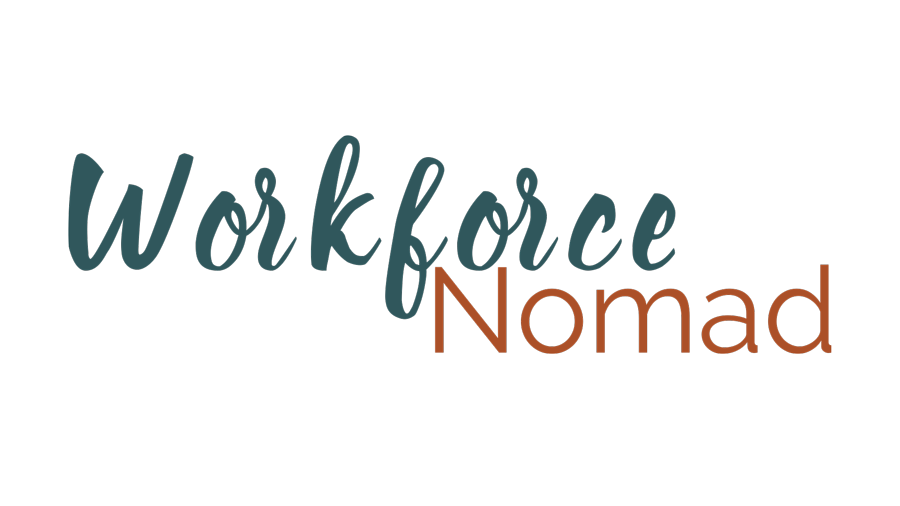
by Kathy | Jan 23, 2015 | Innovation, Leadership, Uncategorized
Smart brains, big ideas, small ideas, different agendas, different goals, politics real and imagined, put them all together and what do you get? A five headed dog. Now, try taking that for a walk.
Have you ever walked a five-headed dog? Each head wants to do a different thing, sniff this, eat that, catch a Frisbee, chase a postman… Walking that dog would feel nearly impossible. But this is what it can feel like when you are trying to integrate the thoughts, ideas, opinions and feelings of many people in a room.
I recently had the experience of walking that dog (as I regularly do) and had to remind myself what is important about leading such a beast. Show up, be present, no attachment to outcome. In this case I didn’t have a lasting stake in what the team was doing, so I was present strictly for leadership, facilitation and maybe some advice. I had to remember that the people in the room were responsible for creation of an outcome and they may not have actually agreed on what that outcome should be. Getting really clear on everyone’s goals and hidden agendas was important. “Sure Kathy, goals I can see a way to figure out, but wouldn’t hidden agenda’s by their nature, um, be hidden?” Well, yes, and you need to pay attention to what folks are saying, not saying, what their body language is doing when they are not saying anything and you’ll never really be sure what someone else is thinking by the look on their face. You need to ask probing questions and make a space where every type of person can contribute, introvert extrovert, other vert. You don’t need to figure out the hidden agenda’s just make space for them to come out or disappear.
In order to keep your energy up, remember to breathe. Be reasonable with breaks, time is limited and that’s a good thing. Don’t try to attribute like or dislike to a person based on what they appear to be thinking. You’ll make yourself crazy. Listen and be firm when taking things in a new direction, address fear with a kind calm stance and a lot of compassion (and save a little compassion for yourself). Then enjoy the ride. Because even difficult things can be fun.

by Kathy | Dec 30, 2014 | Innovation, Leadership
I used to keep a file on my desktop titled “I did this.” In this file I would put a little blurb or write up of things I accomplished. I started doing this for a couple of reasons. One, I found I would lose track of what I’d done as time passed and I needed something to look at to remind myself of how productive I’d been (it makes me happy). Two, I focus very naturally on doing things in a collaborative way, which means that I have had trouble separating out what “I” have done from what “we” have done. So much so that once when I was asked to describe what I did I used the term “we” so much that I was told I need to talk more about “I.”
As I’ve evolved in my career I’ve found that my “we” thinking and my collaboration bent are just what is needed. Helping others contribute their best selves to a project is far more valuable than me just contributing mine. I think its actually evolved to a point where helping others contribute their best is actually me being at my best. It’s an interesting and challenging shift to move from striving to be the best to helping others be their best. I like to think that everyone has something to contribute and if I can just figure out what their “thing” is and help them see it and maximize it we will all be winning.
That leads me to my title. I was reading a very brief review of “Collective Genius” (by Linda Hill), which referenced the notion that leading a culture of innovation requires an ability to lead differently since “most innovation is the result of a collaborative effort by a diverse group.” I think to be able to lead a diverse group of people you need to be able to recognize the “genius” of someone even if that someone is nothing like you. And that is a big challenge since research would indicate that we tend to like to hire and work with people like ourselves. If we do that, and thereby reject diversity on our teams, we’ll miss out on potential innovation.
Most of Corporate America focuses hiring on filling specific roles with the closest match to the job description. So you possibly fill teams with people who don’t quite fit or end up with a team that is missing some important complimentary (or even contradictory) skills. Instead, if you looked to form a team by seeing the individuals for who they are and what their “genius” is you might be able to create a team that could innovate beyond what you imagined.
Which is rather the point…
Mind you, then you have to figure out how to create the environment in which they can be successful. Give them purpose and support for the goals, etc. But if you can’t even see them I don’t know how you could possibly do the rest.








